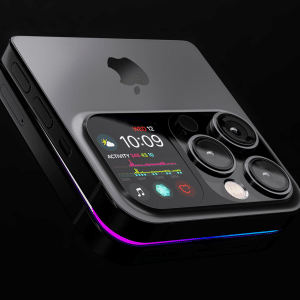“A lot of waking hours went into thinking about sleep.” That’s how Apple has introduced Night Shift, iOS 9.3’s most publicized feature which, theoretically, could help you to sleep more comfortably. But to what extent? We’ve embarked on an investigation…
How you can start setting up Night Shift
While iOS 9.3, released to the public on March 21, is available for a huge range of iOS devices, Night Shift mode is limited to the iPhone 5S or later, iPad Pro, iPad Air or later, iPad Mini 2 or later and sixth generation iPod Touch. If you’ve got one of these recent devices, it’s fairly easy to switch on and tinker with Night Shift in Settings.

So, does Night Shift really work?
Apple has explained that many studies have revealed that, in the evening, exposure to blue light can affect your circadian rhythms and increase your struggle to fall asleep. You can therefore attempt to address this issue by, as Night Shift allows, arranging to have your display’s colors shift to warmer hues as the dark hours arrive.
The only real problem with this is that, as Macworld notes, clinical research so far hasn’t actually proved, beyond a reasonable doubt, that mobile devices or even larger displays could be to blame for various episodes of poor sleep. To be fair, Apple hasn’t misrepresented the research, pointing out that iOS 9.3 “may”, not “definitely”, help you to get better sleep.
Night Shift put to the test
Still, there remains anecdotal evidence that, yes, Night Shift could work for its intended purpose. After switching on Night Shift and using a sleep-tracking wearable to judge whether this change made any appreciable difference in his sleep, TechRadar writer Matt Swider saw his sleep efficiency increase from 89% to 94%.

I’ve been conducting a similar experiment, in my case using the iOS app Sleep Cycle Alarm Clock for recording my sleep quality, and have definitely noticed myself falling asleep more quickly with Night Shift enabled – even when an iOS device has been avidly used right before my initial attempts at getting to sleep. Meanwhile, my sleep quality percentage has been consistently in the high 60s; without Night Shift, it was often lower and more erratic.

A handful of other things to keep in mind
A further good point is that your own experience of Night Shift’s effectiveness could be influenced by the size of your device’s display. Naturally, the larger it is, the more blue light it will emit, and so the more blue light that Night Shift can remove for your benefit. Rensselaer Polytechnic Institute professor Mariana G. Figueiro has said words along these lines to Macworld, so this way of thinking appears to have academic backing.
Anyway, whichever device you have and however extensively you use Night Shift, it seems best to treat it as simply a helping hand, rather than a thoroughly reliable and far-reaching solution, for sleep problems you may be encountering.







